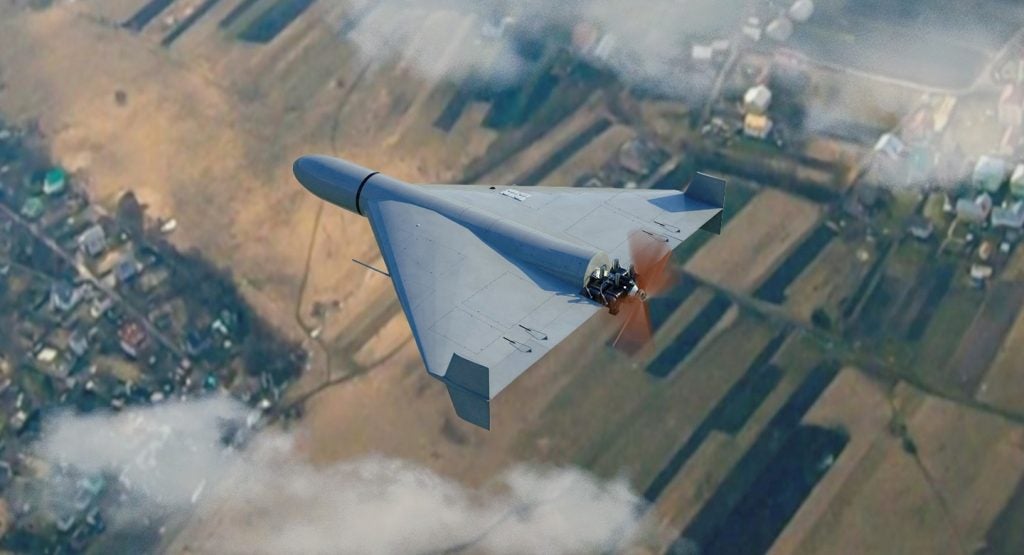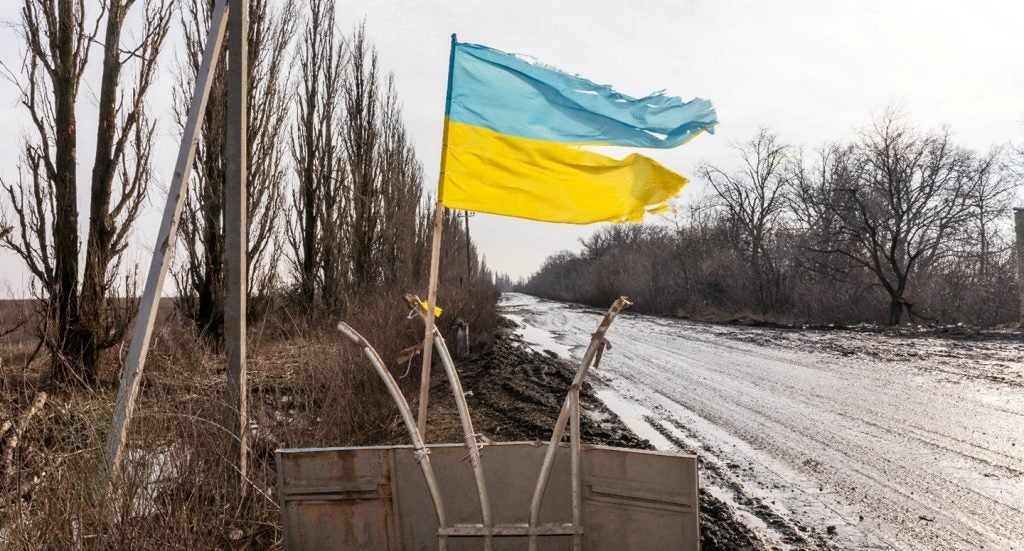Defence Systems & Equipment International (DSEi) began yesterday at London’s ExCeL centre, and companies were eager to show off their wares.
It seemed many defence equipment suppliers and technology companies had held off until the four-day event to unveil new products and make deal announcements at what is the biggest trade show of its type in the world.
Yesterday, light protected vehicles seemed to steal the show. Force Protection debuted a new class – the Ocelot, while Supacat unveiled its Supacat protected vehicle (SPV) series and South Africa’s BAE Systems Land Systems OMC unveiled its mine-protected RG35.
Ocelot
Designed specifically for the UK’s light protected patrol vehicle (LPPV) programme, Force Protection’s Ocelot is similar to the Mastiff, designed by a team of Force Protection Europe and UK automotive company Ricardo.
It was designed, however, from a perfectly ‘clean sheet’ and looks different to all other classes of vehicle.
How well do you really know your competitors?
Access the most comprehensive Company Profiles on the market, powered by GlobalData. Save hours of research. Gain competitive edge.

Thank you!
Your download email will arrive shortly
Not ready to buy yet? Download a free sample
We are confident about the unique quality of our Company Profiles. However, we want you to make the most beneficial decision for your business, so we offer a free sample that you can download by submitting the below form
By GlobalDataIt has a modular design with a ‘core automotive armoured spine’ and ‘composite special-to-role pod’. It can be used as a patrol vehicle, fire support, or for protected logistics, and can be changed in the field as required.
The Ocelot has been designed to specifically meet blast resistance requirements for the future and exceeds current mine protections levels set by the UK Ministry of Defence (MoD). It also meets requirements for mobility, payload, size and gross vehicle weight.
SPV series
UK company Supacat also hopes to get the attention of the UK MoD with its SPV Series.
Its 4×4 SPV 400 has been designed with NP Aerospace to meet requirements of the UK’s LPPV programme and to replace the Rover Snatch platform.
Supacat says its vehicle has ‘supreme’ cross-country performance and is agile enough to work in urban environments.
Designwise, it has a V-shaped hull for blast protection, a composite crew pod, mine-blast seats and its ballistic armour is configurable.
RG35
South Africa’s BAE Systems Land Systems OMC’s new vehicle class, the RG35, was also unveiled yesterday.
The RG35, combining a 4×4 mine-protected vehicle and 8×8 combat vehicle, has a side-mounted power pack that can be replaced in 30 minutes.
It has been based on experiences had with the Ratel and iKlwa armoured vehicles and the RG31 mine-protected vehicle family, which lent its V-shaped design to the new series.
Materiel offering
Vehicles weren’t all that was on the menu at DSEi yesterday – radar also featured high on the release list.
Raytheon showed off its new naval radar, the AN/SPY-5 – a multitracking, target-illuminating system for surface combatants it says can simultaneously search, detect and track multiple surface and air threats.
Lockheed Martin also took the chance to display its TPS-79 multimission surveillance radar system – a radar that can be deployed in less than 60 minutes that is lightweight and made of carbon composites designed with the UK’s joint military air traffic systems contract in mind.
It seems UK contracts may not be a bad focus for a lot of technology companies.
British Defence and Equipment Minister Quentin Davies hinted during the unveiling of a new surveillance and target acquisition (STA) equipment that Britain could be in Afghanistan beyond 2012.
Davies said the equipment, purchased by the UK, would not be ready for use until 2011 due to training requirements.
Thales is supplying Britain with a £150m STA package that enhances the capability of troops in finding and striking enemy in the field.
Deliveries will start in 2010, and the equipment will be deployed to soldiers in Afghanistan in early 2012.
By Penny Jones.







